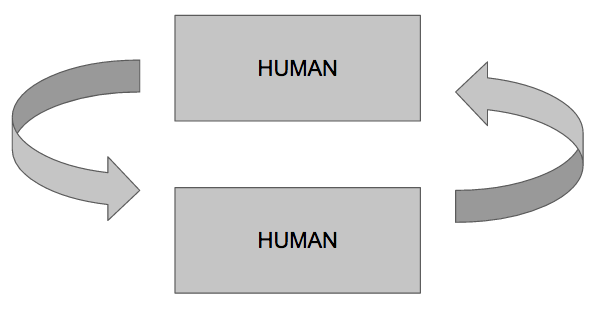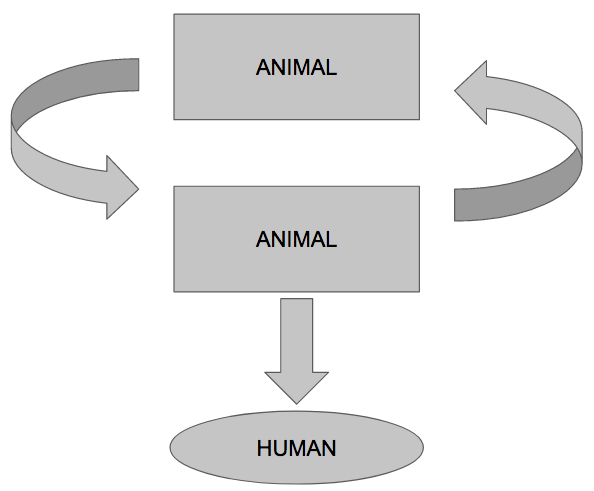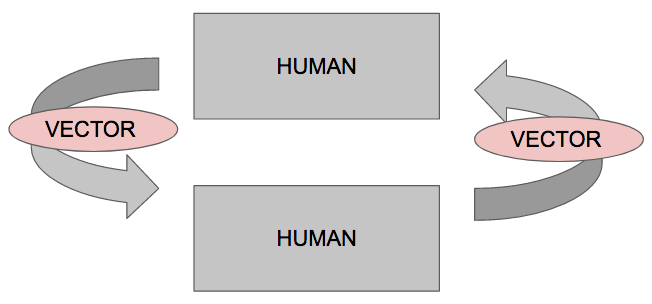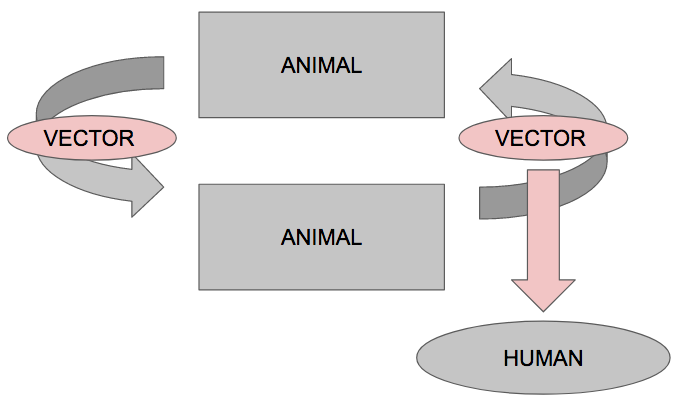Modes of Disease Transmission

These diseases are transmitted from an infected person to a susceptible host through human to human contact, close association, or the exchange of bodily fluids. Examples of transmission include shaking hands, coughing, and sneezing.
- Chicken pox - an acute contagious disease especially in children that is marked by low-grade fever and formation of vesicles
- Mononucleosis - a disease that causes an increase in white blood cells and makes people very tired and weak for a long time

A person comes into contact with the saliva, blood, urine, mucous, feces, or other body fluids of an infected animal. Examples include petting or touching animals, and bites or scratches.
- Rabies - a deadly disease of the nervous system that affects animals and can be passed on to people by the bite of an infected animal
- Cat-Scratch Fever - an illness that is characterized by swelling of the lymph glands, fever, and chills and is caused chiefly by a bacterium transmitted primarily by a cat scratch

These diseases are transmitted when a vector an infected person to a susceptible host. Examples include many widespread diseases caused by microbes that are transmitted via insect vectors, mainly mosquitoes.
- Dengue - an acute infectious disease that is characterized by a headache, severe joint pain, and a rash
- Malaria - a serious disease that causes chills and fever and that is passed from one person to another by the bite of mosquitoes

Coming into contact with areas where animals live and roam, or objects or surfaces that have been contaminated with germs. Examples include aquarium tank water, pet habitats, chicken coops, plants, and soil, as well as pet food and water dishes.
- West Nile Virus - a viral infection that is most commonly spread via mosquitoes
- Bubonic plague - and that is usually transmitted from rats to humans by the bite of infected fleas